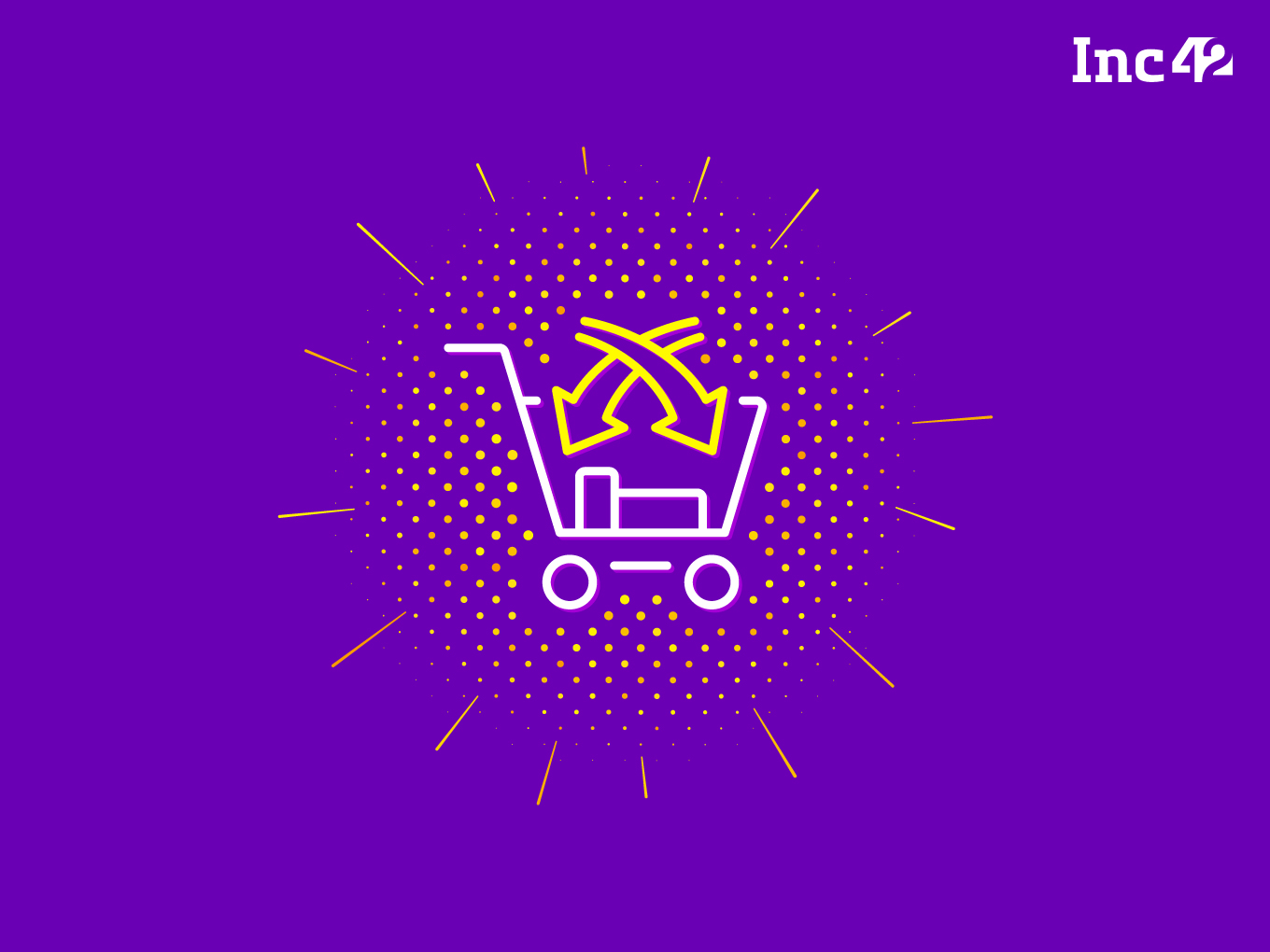Everything You Need To Know About SaaS Cross-Selling

What Is Cross-Selling In SaaS?
Companies must pursue different growth strategies to boost revenues, and cross-selling can quickly multiply earnings by offering additional products to existing customers. The aim is to broaden one’s product offerings and find synergies with customer requirements to provide more value. The payoff can be much higher, too, as SaaS companies try to stay ahead of the innovation curve and develop add-ons to boost average order value (AOV) and maximise profits in the long term.
Good cross-selling examples are aplenty across the SaaS landscape. For instance, if a business is buying cloud storage or email marketing solutions, suggesting a more expansive storage space for future usage or an entire CRM solution for better lead management is likely to spell cross-selling success.
Another key advantage is that all existing customers can be targeted for cross-selling with zero customer acquisition cost (CAC) if the new offerings pair nicely with core products. Additionally, cross-selling can help address new pain points as customer requirements evolve, thus increasing customer lifetime value and reducing churn.
Incidentally, cross-selling is more than catalogue-pushing or throwing complementary products at existing customers. Effective cross-selling strategies require need-analysis, good timing and a consultative approach instead of overloading or overwhelming customers with too many offers. One should also monitor if the right set of customers is availing of cross-selling offers. According to industry experts, when problem customers accept too many promotional cross-selling offers or people ask for too much hand-holding, it may result in revenue losses in the long run.
Five Cross-Selling Challenges Tripping Up SaaS Companies
- Unsuitable products: In SaaS cross-selling, it is crucial to ensure that the products and services recommended to existing customers align with their current/future needs and preferences. Otherwise, it may cause frustration, lead to a loss of trust and may see a dip in the revenue earned from core products.
- Unsuitable customers: Every company encounters a ‘bad egg’ occasionally – a problem customer with a patchy payment history, contract hiccups and other issues occurring too frequently. Cross-selling products to this segment may eat into one’s profit even if they are long-time customers.
- Wrong timing: Right-timing is a critical factor when it comes to successful cross-selling. Things can go wrong if one is unaware of the big picture and makes a dash to bag add-on sales. The critical question here: Is the customer ready for a purchase? Or will it be a waste of time and effort to approach that business? If a business is passing through a lean phase, getting restructured, or undergoing M&A, monitoring its public content and analysing its data will soon reveal its likely trajectory. A strategic merger may pave the path for further growth, but a dwindling business or a funding winter will spell the opposite. Again, businesses are cautiously optimistic when entering a new market and may want to stretch existing services as long as possible instead of gunning for additional products.
- Spending limitations: Customers with fixed budgets have spending limitations. If their core products/services use up all the money, cross-buying may create financial setbacks. Consequently, they may ask for more freebies, cancel additional subscriptions or struggle to meet extra billing.
- Resource draining: New products require hand-holding, but cross-selling may not be profitable if customers continue to strain resources and ask for constant support. Many SaaS companies lack the bandwidth, and eventually, it can spoil relationships and trigger negative publicity.
Four Must-Follow Cross-Selling Tactics For SaaS Success
Cross-selling is a powerful sales technique adopted by SaaS companies to grow their margins and increase the value of each transaction. But setting up must-follow cross-selling strategies may not be easy as a number of critical factors are involved here. SaaS companies need to consider important metrics such as customer acquisition cost, customer lifetime value and customer churn to evaluate the efficacy of cross-selling. More importantly, they should have the insight and the patience to approach the right customer at the right time with the right product. Here is a look at the industry’s best practices.
- Analyse customers: Conduct in-depth customer research, collecting feedback and analysing data to identify gaps that can be addressed through additional products.
- Focus on value creation and profitability: Add-on products should create additional value for customers and bring more profit to SaaS businesses. The more relevant the ‘paired’ products are, the better the likelihood of conversion.
- Bundle products for benefits and convenience: This is a traditional AOV booster, as an entire package can easily create a perception of value and earn more per sale. Underline the benefits, introduce differentiated pricing, and add discounts, coupons or special deals to the package to incentivise users.
- Keep ‘power’ customers updated via CTA: Not all customers will generate additional revenues for SaaS players. But long-term ‘power’ customers with deep pockets and evolving needs are more likely to cross-buy and complement their core products/services. Develop as many ‘call to action’ tools as possible to generate information and interest about new products and paid features. Once a sense of urgency is created, cross-buyers will pour in.
The post Everything You Need To Know About SaaS Cross-Selling appeared first on Inc42 Media.
No comments